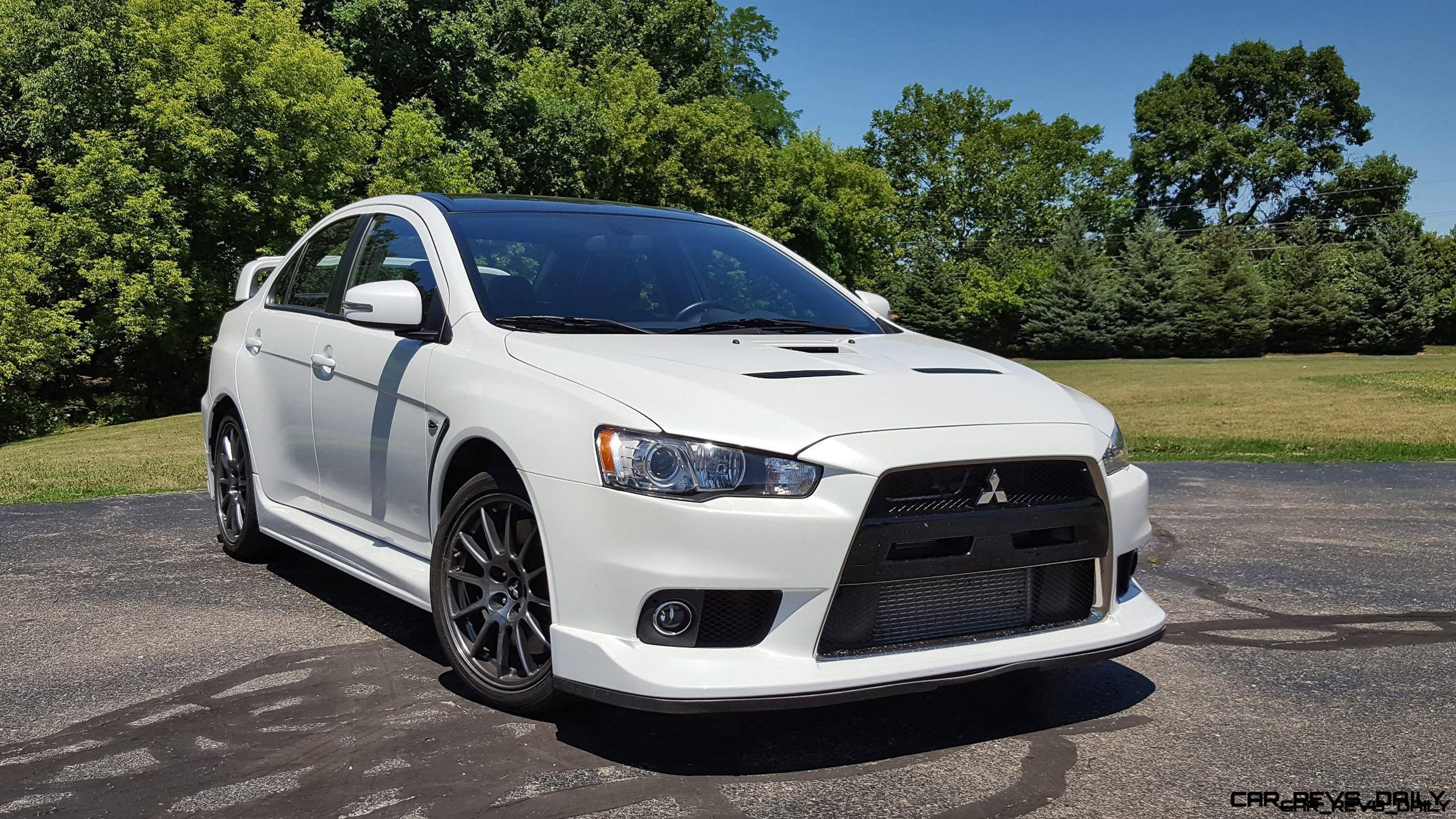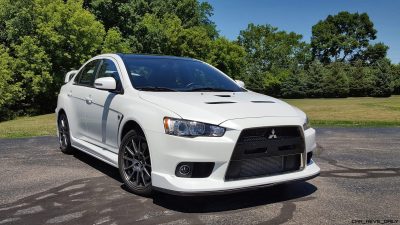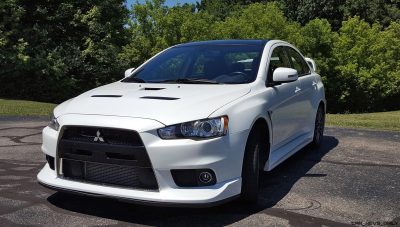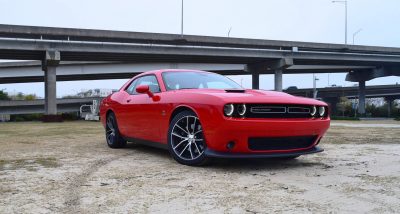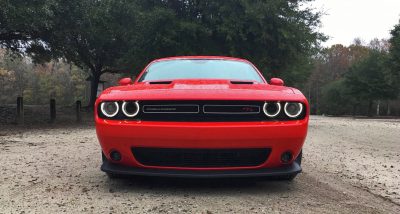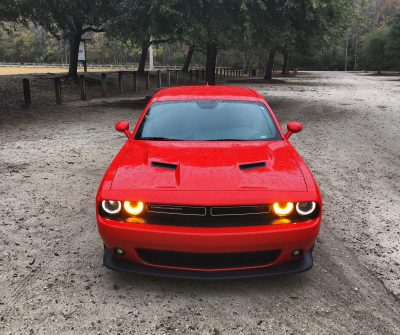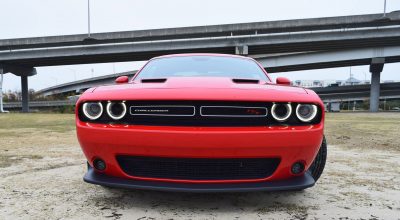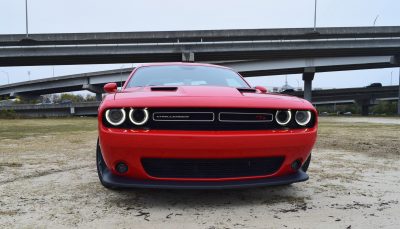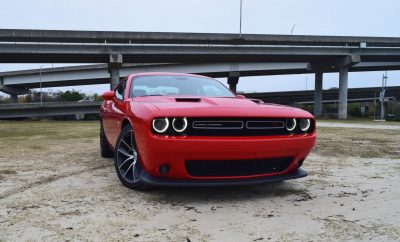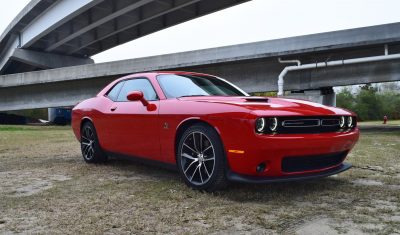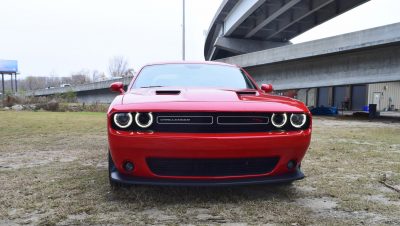It can be frustrating shopping for car insurance. Nevertheless, it is the law and a necessary evil. That doesn’t mean you should waste your money on a plan that leaves you vulnerable. Everyone has different needs. Simply going with the most affordable plan may cost you in the long run. It is important to understand the different coverages, so you can be an educated consumer.
Requirements
Anyone who owns a car that they drive on public roads is required by law to have at least liability insurance. This is one of the costliest types of insurance. This is no surprise.
The insurance company is on the hook for damage you do. Auto liability insurance covers the damage the insured causes to other vehicles and people that result from an accident caused by the insured person.
There are two kinds of liability insurance: bodily injury and property damage. Bodily injury liability insurance covers the cost of medical bills, funeral expenses, pain and suffering and lost income of the injured party. Property damage liability insurance covers the repair or replacement of belongings damaged in an accident. This includes damage to another person’s car or property.
Deductible
It is important to understand your deductible. A higher deductible means you will be paying more if you are found at fault for an accident. Your deductible is the amount of money you have to pay towards repairs before your insurance will cover the rest. If your deductible is especially high, you might find yourself in a precarious financial situation if you cause a car accident. If you own a home, business or high-valued property, you should consider purchasing a stronger policy to help protect these assets. Kelly Blue Book is a great resource for determining how much car insurance you need.
Considerations
If your car insurance coverage is too low, you could find yourself paying more out of pocket than you expect in a serious auto collision. Accidents happen to even the best drivers. Consider talking to a local insurance agent about what plans best suit your needs.
- Bodily Injury – This is not an area where you want to skimp. Most states’ minimum bodily injury liability coverage is way too low. Insurance experts suggest investing in $1000,000 of insurance per person and $300,000 per accident.
- Property damage – You are also responsible for any damage you cause to property in an accident in which you are found to be at fault. This includes residential property and is not limited to other vehicles involved in the accident.
- Uninsured or Underinsured – This type of coverage protects you when you are in an accident with an individual who is uninsured or underinsured. This also applies to victims of hit-and-runs.
- Medical expense – Depending on the extent of your health insurance, it might be worth investing in medical expenses coverage. Hospital and medical expenses run high. You don’t want to find yourself uninsured and unable to work due to an auto accident.
- Collision coverage – This is an optional coverage. It protects you if you are in an accident with another vehicle or an object. You might want to consider this if you have any new drivers in the house.
- Comprehensive coverage – This coverage protects from unexpected emergencies. It protects you in the case of a fire or falling objects. It also protects against damage caused by natural disasters.
When it comes time to purchase auto insurance, make sure you have adequate protection. You can’t account for the actions of other drivers.
Having appropriate insurance can prevent unexpected financial disasters caused by an auto accident. Consider going beyond the minimum required by your state.
Take the value of your car and other assets into account.

CRD Auto Industry Insider may contain helpful and on-topic partner content that auto enthusiasts and car shoppers find valuable.

